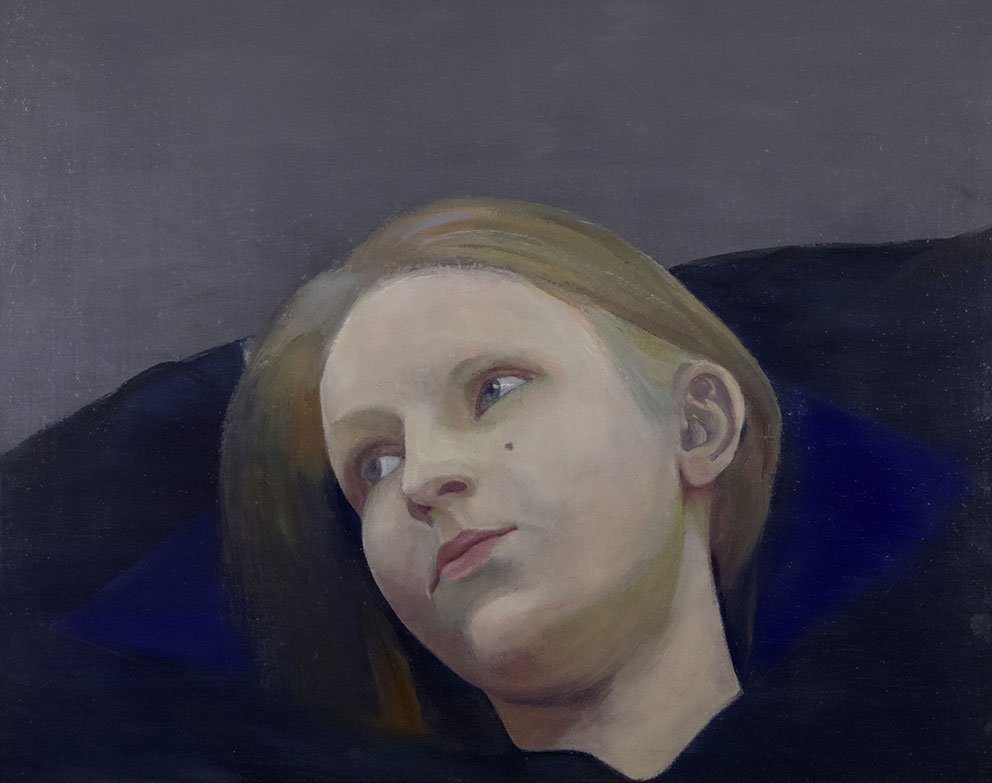Od 12. 6. do 8. 9. 2024, sály hospodářských budov
With the art exhibition "Substitute Face," Petr Nikl, after several years of projects focused on experimental techniques, once again concentrates on classical brush painting. This is the author's title for one of his most striking painting series in recent years, featuring beggars with dogs, which he saw during the COVID-19 pandemic on Prague's Charles Bridge. While the beggars themselves are in a kneeling pose with faces turned to the ground or hidden by hoods, keeping their identities concealed, their animal companions not only preserve the missing energy but sometimes also add the effect of "puppy eyes," which reliably evokes emotions and thus compassion. One face pragmatically swaps itself for another within a manipulative psychological game with passersby. Nevertheless, even aware of this calculating "disguise," the paintings, stripped of spatial context, retain something absolute that introduces a special flash of sacrality into everyday life.

The other two series, also selectively represented in the shared space, to some extent characterize and reveal the exhibition's title. The portrait series of the Pernštejns, which logically anchors the project in the reality of the Pardubice castle and additionally stands as a challenge for Nikl's return to oil painting, includes not only visual reconstructions based on available sources but in some cases, where no likeness has been preserved, the portraits are completely fabricated. In other words, real historical figures are given a substitute face through artistic imagination. Considering traditional noble galleries of ancestors, even here, an atypical "television" format of canvases is somewhat wilfully used, where the face is clearly visible this time, but either does not correspond to reality or its formal nature emphasizing the exceptional and of course superior status of the depicted person blurs natural relaxation, immediacy, and social approachability.
The last series is personal for Petr Nikl. It primarily consists of paintings of his children, friends, and other close individuals, so even if he tried for an objective viewpoint in capturing them, it's clear that he subconsciously has an emotional connection to them, which inevitably must be reflected in the result of his work. In this case, it's mainly about the fact that the motifs are very intimate, capturing the portrayed in unguarded moments, usually fully immersed in themselves or even asleep. All are somehow spiritually absent, a bit lost in space and time. Their faces are mostly in a relaxed, neutral state, a kind of zero point where one doesn't control facial expressions and momentarily drops out of their life role. Then, his face remains truly exposed in the literal sense of the word. Only when he returns to himself can he put on any social mask.
The Substitute Face exhibition is exceptional. This is because, even though it concerns portraits in a general context, in all cases, these are faces that are not posing. This opens up even more questions.


